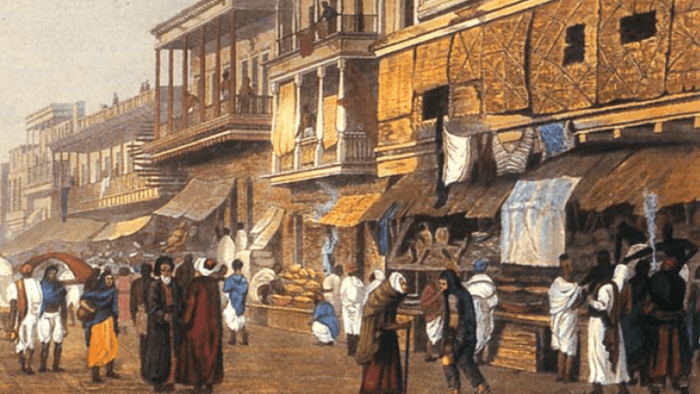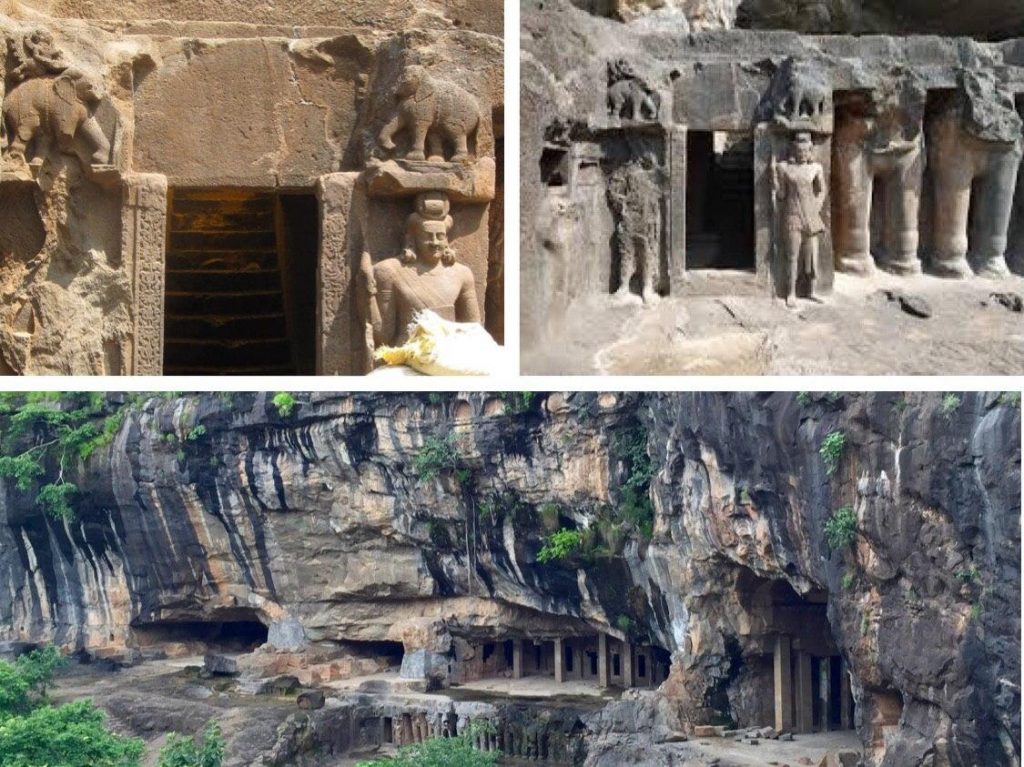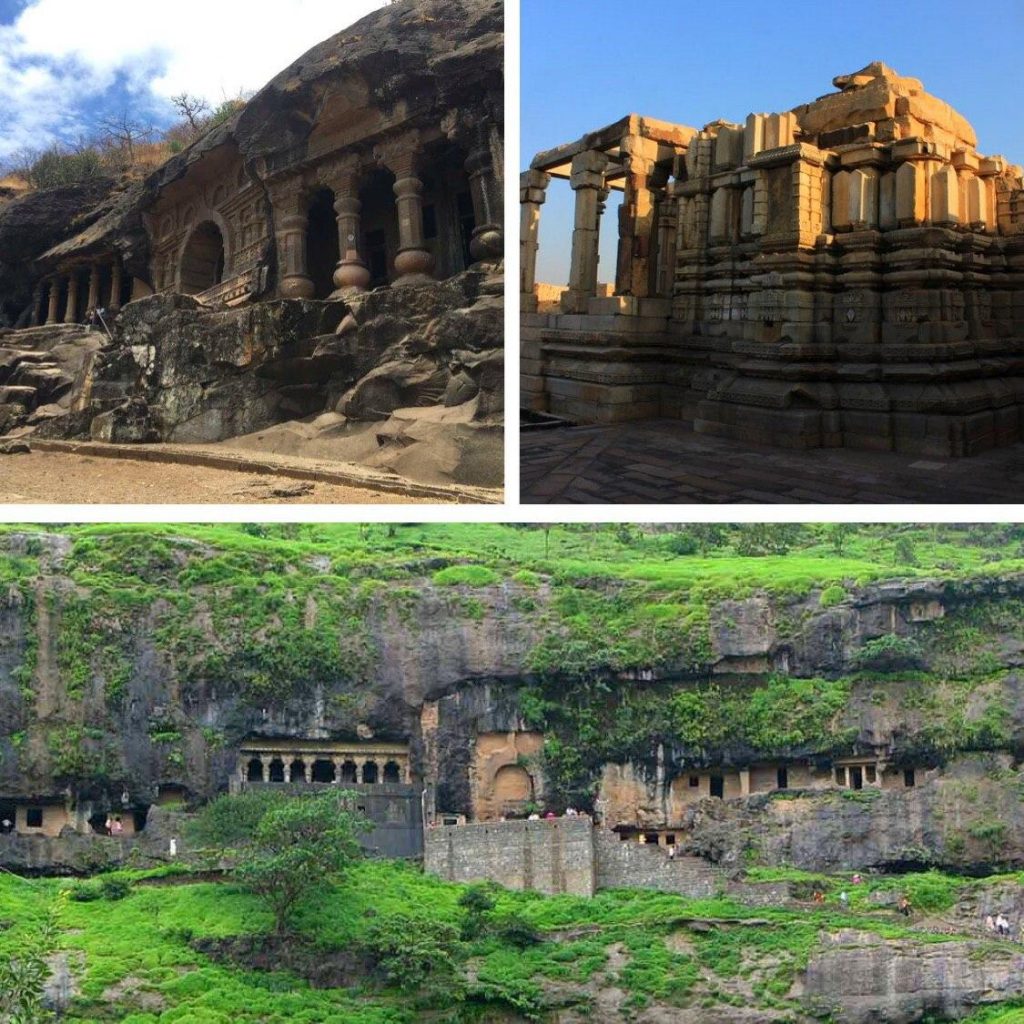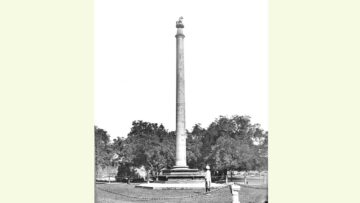Introduction
In the previous article, we reviewed the origin and historical evolution of ancient Indian guilds. From political to judicial, guilds performed a multitude of functions. The thrust of this article will be their economic functions like acts of dāna and banking.
Functions Related to Dāna
There are references in Smṛti texts like the Bṛhaspati Smṛti about arrangements being made by guilds for relief measures and acts of dāna. Every guild had the power to decide the manner in which their profits were to be utilised. The Bṛhaspati Smṛti, a text dated around 600 CE states that ” A compact formed among villagers, companies (of artisans), and associations are (called) an agreement; such (an agreement) must be observed both in times of distress and for acts of piety” (Bṛ Smṛ. 17.5). The text specifies that the profits were to be put in use for the construction of an assembly hall, a shrine, a watershed, a shrine, a tank or a park. Temples built since the 1st century BCE were always temple complexes with a shrine, a tank and garden which would be generally donated by some high official of the state or a wealthy merchant. The guilds were also required to perform Vaidika yajñas as per the śāstras and help those in distress. They were also to extend aid in times of drought, natural catastrophes and help those in need. They were also to provide defence in case of need (Bṛ Smṛ 17. 12). This text also lays down that profits were to be divided among the members of the guild after allocating funds to help those who are mentally weak, disabled, orphans with mental ailments and women who have no one (Bṛ Smṛ 17. 23) and this law was for all times i.e., in other words, it was eternal.
Though the Bṛhaspati Smṛti is a later text, we find sreṣṭhins individually and the śreṇis collectively giving donations since the time of the Buddha himself. The guilds took a special initiative in funding the construction of Buddhist stupas and saṁghārāmas or monasteries. The evidence coming from sites like Bhārhut, Sāñcī, Mathurā and the western Indian Buddhist rock-cut caves reiterates this. Most of these sites were located on major trade routes and some like Mathurā were trade centres themselves. At Bhārhut there is an inscription, dated to the 1st century BCE which records the donation of a coping stone (part of the railing or vedikā of the stupa) by a guild or nigama from Karhāṭaka or modern Karhad in Maharashtra (Karhad itself has a large Buddhist cave complex). A guild of ivory workers from Vidiśā was responsible for the donation of a gateway for the Mahāstupa at Sāñcī and also sculpted some bas reliefs on the gateway. An inscription from the site of Pitalkhorā near Aurangabad in Maharashtra, datable to the 2nd century BCE refers to the donation by a guild of bankers. A guild of corn sellers donated a vihāra (residence of monks) with seven cells and a water cistern at the site of Junnar near Pune. There were vihāras in Mathurā which were named after different professional groups which may have been guilds. It is highly probable that these guilds may have funded the construction of these religious establishments.
A guild or puga of Yakṣa Manibhadra funded the erection of his image near Mathurā around the 1st century BCE. This Yakṣa was closely linked to trade and this guild may have been a mercantile guild who worshipped him. A guild from the settlement at Dhenukākaṭa donated a pillar at the Buddhist monastery at Karla near Lonavala in Maharashtra in the 1st century CE. A guild of stonemasons contributed seats or āsanapaṭṭas and this has been recorded in an inscription from Bandhogarh dated to 159 CE. A mercantile guild from Kauśambi donated a rock-cut residence during the reign of the late Kuṣāṇa king Bhadramāgha. An inscription from Mandasor records the construction and later repair of a Sun Temple by a guild of silk weavers in the 5th century CE. The donation of twenty nivartanas of land to a guild of elephant drivers has been recorded in the Nagardhan (ancient Nandivardhana near Nagpur in Maharashtra) copperplates of one Svāmirāja. Traders individually also donated rock-cut dwellings, arable land, pillars and water cisterns to monasteries.
From the above examples, we can understand that the range of charitable acts initiated by guilds was very wide. From funding the excavation of water cisterns in caves for the benefit of the monks and laity to the donation of land, guilds were involved in various welfare activities. They also funded the construction, upkeep and repairs of temples. The objective of all these activities was the attainment of religious merit or puṇya and the well being of all sentient beings. The fact that so many donations from the Suṅga period onward were made by guilds clearly indicates their sound financial condition and the manifestation of the virtue of sharing the wealth with those in need or for the betterment of the society.
Bank Like Functions of Guilds
In ancient inscriptions, we hear a lot about guilds of bankers which indicates the prevalence of some kind of a banking system. However, we must remember that banks in ancient India were very different from the ones we have today. Usually what people did to safeguard their wealth was to bury it in a field, on the banks of a river or in a forest or at times even below their house floors. We do not have a clear idea of guilds performing banking functions in the pre-Mauryan period though there are references to individual sreṣṭhins practising money lending. People would also deposit their money with friends. We also find references to high-interest rates in Pāṇini’s in Aṣṭādhyāyī and the Gautama Dharmasūtra also speaks about money-lenders doing good business. Pāṇini refers to creditors, debtors, loans, interest, repayment and surety which indicates that around the 5th century BCE money lending had become a common function which may have been also performed by guilds. The Arthaśāstra speaks about a document called ādeśa which could be interpreted as a letter of credit. This document in the opinion of K K Thaplyal was similar to a modern bill of exchange where a person had to pay money on behalf of the one sending the ādeśa.
In the post-Mauryan period the volume of inland, as well as international trade, increased tremendously. Powerful dynasties like the Indo-Greeks, Kuṣāṇas and Sātavāhanas minted a large number and a wide variety of coins in different metals and denominations. This expansion of the money economy gave a boost to banking services. By the 1st century CE, the guilds were well established in the economic and political spheres and common people, as well as high state officials, placed immense faith in them with respect to their effectiveness and honesty in work. Senior royal officers deposited a certain amount with guilds and the interest received was utilised for some welfare act. The principal amount invested with the guilds always remained safe. Seals of guilds of merchant-bankers, caravan leaders and guilds of artisans datable to the Gupta period suggest the banking activities of guilds.
An inscription from Mathurā dated to the reign of the Kuṣāṇa ruler Huviṣka records the donation of a puṇyaśālā by the bakanapati or officer in charge of temples. This officer Prācinaka who was of foreign origin and the son of one Rukmāṇa also gave a permanent endowment or akṣayanīvi of 550 purāṇas or silver coins to both- a flour makers’ guild and some other guild (whose name has been obliterated) to help a hundred Brāhmaṇas every month and giving food to those who are hungry and thirsty from the interest obtained on the endowment. Members of ruling families also gave permanent endowments to guilds. Uṣavadatta, the son-in-law of the Kṣaharāta Kṣatrapa ruler Nahāpāna made a permanent endowment of two thousand kārṣapaṇas (silver coins) with one weavers’ guild and the second one of one thousand kārṣapaṇas with another weavers’ guild. The interest on these amounts was to be used for providing clothing to monks and meals to them respectively. The endowments were made with a proper agreement which was approved by the nigama sabhā.
Another instance of such a permanent endowment comes also comes from Nasik, (datable to 258-259 CE) to the reign of the Ābhīra ruler Īśvarasena where a Śaka lady called Viṣṇudattā who was a lay worshipper made permanent endowments with four guilds who functioned from Govardhana near Nasik. The interest accruing on this amount was to be put in use for providing the monks living on the Triraśmī Hill (modern Nasik Caves) with medicines. These guilds were those of potters, those working with hydraulic machines, oil millers and the name of the fourth guild is not legible anymore. The reason behind the donors investing in more than one guild could be to ensure the continuity of their act of merit. Even if one guild suffered a financial loss or ran into some trouble, the other guilds would carry forward the pious acts of welfare. People also donated land to guilds to start the planting of certain trees. An inscription from Junnar which records the donation of two fields by a lay Śaka devotee is a point in this case.
The giving of permanent endowments to guilds continued in the Gupta period as well. An inscription from Gadhwa (near Prayag in Uttar Pradesh) belonging to the reign of Chandragupta II dated to 407 CE gives details about the donation of twenty dinars (gold coins) to help Brāhmaṇas with a guild whose leader’s name was Maitridāsa. Two inscriptions, also from Gadhwa dated to the reign of Kumāragupta I (son of Chandragupta II) record the endowments of thirteen dinars and twelve dinars to two guilds and the interest on these amounts was to be used to run houses which would provide food to the needy. People also gave permanent endowments to guilds for maintenance of temples and conduction of daily worship in them.
Guilds may have used the principal amounts given to them for improving the quality of their trade or business. They may have also lent some part of the principal amount to others and charged interest rates higher than the original rates of interest on the deposits. The endowments which were of a permanent nature would run continuously through the generations and guilds had to remain committed to honouring these endowments. Even though guilds migrated, there was no significant change in their internal structure and functions. Many of the guilds used the interest to provide the monasteries with products they themselves manufactured- like cloth and oil. They also provided services which were outside the purview of their business like making provisions to serve meals to the Buddhist monks. K K Thaplyal conjectures that guilds may have entered into some kind of agreement with other service providers for fulfilling such functions.
Concluding Remarks
Compared to today, the banking functions of the guilds of yore were relatively limited. We do not get any evidence of people depositing their money with them only for its safekeeping. What is noteworthy is that the guilds not only performed acts of merit themselves but also did so on behalf of others. Even as individuals, traders formed the major bulk of donors to religious establishments. The fact that people gave akṣayanivīs to the guilds demonstrates the deep trust they had in them and the close association these guilds shared with religious establishments. Ancient Indian guilds were always on the forefront in offering their service to the elite as well as the common people. This is a quality which a few multi-national companies in India have emulated. In other words, the guilds of Ancient India embodied the virtue of lokasaṃgraha which Lord Kṛṣṇa expounds in the Bhagavad Gītā.
References
1. Agrawala, V.S., India as Known to Panini. Lucknow: University of Lucknow, 1953.
2. Kangle R.P (Trans.), Kautilya Arthashastra, Mumbai: Maharashtra Rajya Sahitya Sanskruti Mandal, 2011(Reprint)
3. Maity S.K., Economic Life of Northern India in the Gupta Period. Calcutta: The World Press Private Limited, 1957.
4. Majumdar, R.C. Corporate Life in Ancient India. Poona: The Oriental Book Agency, 1922.
5. Mirashi V. V, The History and Inscriptions of the Satavahanas and Western Kshatrapas, Bombay: Maharashtra State Board for Literature and Culture, 1981.
6. Nagarkar, Sneha ‘Corporate Religious Responsibility in Early Historic India’ in aWEshkar, Volume XIV, Issue 2, September 2012, pp.41-51.
7. Olville, Patrick (Trans.) Dharmasutras: The Law Codes of Ancient India. Oxford and New York: Oxford University Press, 1999.
8. Sircar, D.C., Select Inscriptions bearing on Indian History and Civilization, Volume I. Calcutta: University of Calcutta, 1965.
9. Thaplyal, K.K. Guilds in Ancient India. New Delhi: New Age International Limited, 1996.
Web Sources
https://www.sacred-texts.com/hin/sbe33/index.htm
Disclaimer: The opinions expressed in this article belong to the author. Indic Today is neither responsible nor liable for the accuracy, completeness, suitability, or validity of any information in the article.












